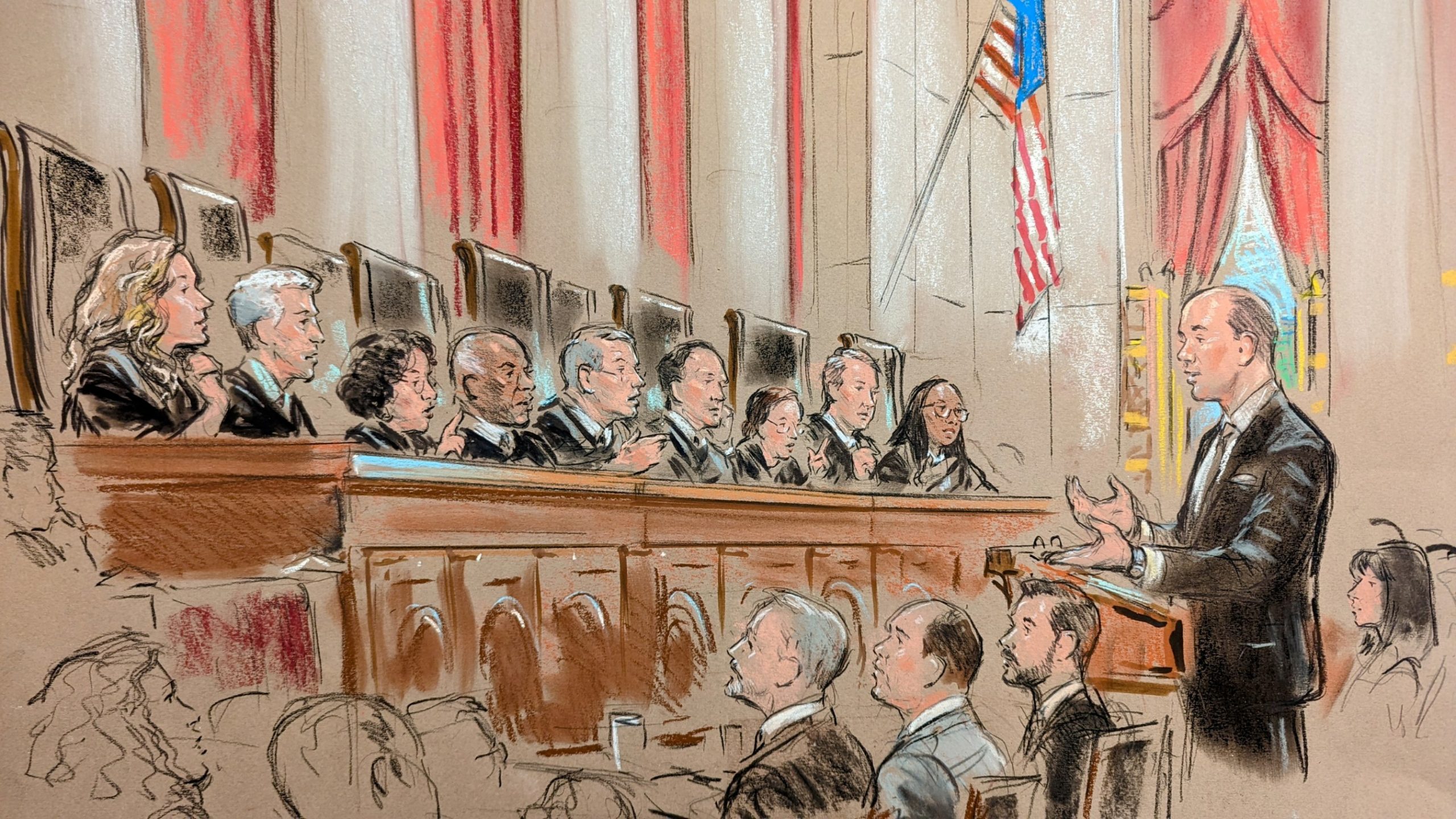Byte-Sized Terms: Drafting AI Contracts That Generate Success | BakerHostetler
1. Introduction
As technology continues to evolve, the use of generative artificial intelligence (AI) in business operations is reshaping the way we approach standard tech transactions. The traditional pillars of contract negotiation – including confidentiality, data ownership, and indemnification and liability – take on new dimensions and complexities in the context of generative AI. As businesses embrace the potential of AI, they must also carefully examine these contractual provisions in the context of how generative AI works.
2. Confidentiality
Generative AI introduces elements to confidentiality provisions that demand careful consideration. Traditionally, a three-bucket approach to data definitions was employed, segregating data into “Business Confidential Information” (e.g., customer lists and financial data), “Customer Data” (i.e., the data necessary for service provision, but not necessarily considered confidential), and “Personally Identifiable Information” (i.e., legally protected personal information). While this approach may be sufficient for contractual liability purposes, it falls short when the consequence is the loss of proprietary information and a competitive edge.
An illustrative case involves a US semiconductor manufacturer some of whose semiconductor engineers recently were found to have used ChatGPT to check source code. Realizing the value of generative AI as a business tool, the manufacturer allowed its semiconductor engineers to use ChatGPT to check source code. However, the input of confidential source code and other proprietary data into the AI system effectively erased the proprietary information’s status as a trade secret. This both highlights the potential risks of failing to differentiate between types of data and emphasizes the need for a well-defined separation.
That said, the increasingly common approach of treating all three categories discussed above as “Confidential Information” could also inadvertently prevent customers from optimizing generative AI use. While the intent is often to safeguard sensitive information, a broad definition of “Confidential Information” may inadvertently encompass data that is not truly confidential or proprietary. Whether parties will want to consider certain information “Confidential Information” will be based on the kind of generative AI environment being used (e.g., enterprise model versus publicly available tools) and whether the parties are more concerned about the security of the data inputs going in or the results of the outputs coming out.
Parties should strive for a nuanced approach in delineating what constitutes “Confidential Information,” taking into account the nature of the data and the specific requirements of the technology at hand. A more precise and tailored definition can help avoid unnecessary restrictions on the use and sharing of non-sensitive information, promoting a more efficient and collaborative working relationship between the parties involved.
3. Data Ownership
Explicit parameters of data ownership also become more important when dealing with generative AI. Traditional technology transactions often involve clear lines of ownership for preexisting (input) and newly created (output) data. However, generative AI blurs these lines by creating content autonomously based on large data sets that can, at times, output the same or substantially similar data in response to a prompt. This phenomenon is known as “overfit,” and it is one of the main claims in Getty Images’ case against Stability AI, wherein Stability AI’s Stable Diffusion product ingested Getty Images’ intellectual property (IP) and spit out images that have a warped version of the Getty Images watermark on them. With this in mind, parties should consider whether the vendor receives any rights to the input data. Moreover, the issue of ownership extends to data access, usage and portability. Contracts should explicitly outline whether and how the parties can access and use the input and generated data and whether there are any limitations on portability should the customer choose to transition to another service provider.
4. Indemnification and Liability
Indemnification clauses play a crucial role in allocating risks between parties and only become more nuanced in the context of generative AI and its evolving case law. Generative AI vendors may need to provide assurances regarding the accuracy and reliability of the AI outputs, such as defining the extent to which parties assume responsibility for damages resulting from AI errors, biases or adverse effects. Conversely, customers may seek indemnification for unintended consequences or liabilities arising from the generative AI’s actions, including third-party infringement claims. Such infringement claims typically fall outside any contractual liability cap, which takes on a new significance when considering the ability of generative AI to generate massive amounts of new and potentially infringing content. The vendor could be responsible for making customers whole for the entire request for relief plus legal fees, which in Getty’s case against Stability AI amounts to $150,000 for each infringed work, or a total of $1.8 trillion. Moreover, when a claim of third-party infringement arises, generative AI vendors should also consider the potential of a simultaneous first-party breach-of-contract claim from the customer for an alleged breach of warranty of noninfringement when negotiating liability provisions.
For more information on IP and AI, please see our authorship on AI in the IP Intelligence Report.
5. Conclusion
As AI continues to push the boundaries of what is possible and reshape industries, a well-crafted contract can provide the legal framework necessary for successful and mutually beneficial partnerships. Addressing key elements such as confidentiality, infringement and liability is just a part of ensuring that the parties involved share a common understanding of their respective rights and responsibilities. By seeking legal counsel with expertise in AI and technology transactions, businesses can position themselves for long-term success and contribute to the responsible and ethical advancement of artificial intelligence tools in the global marketplace.
[View source.]






